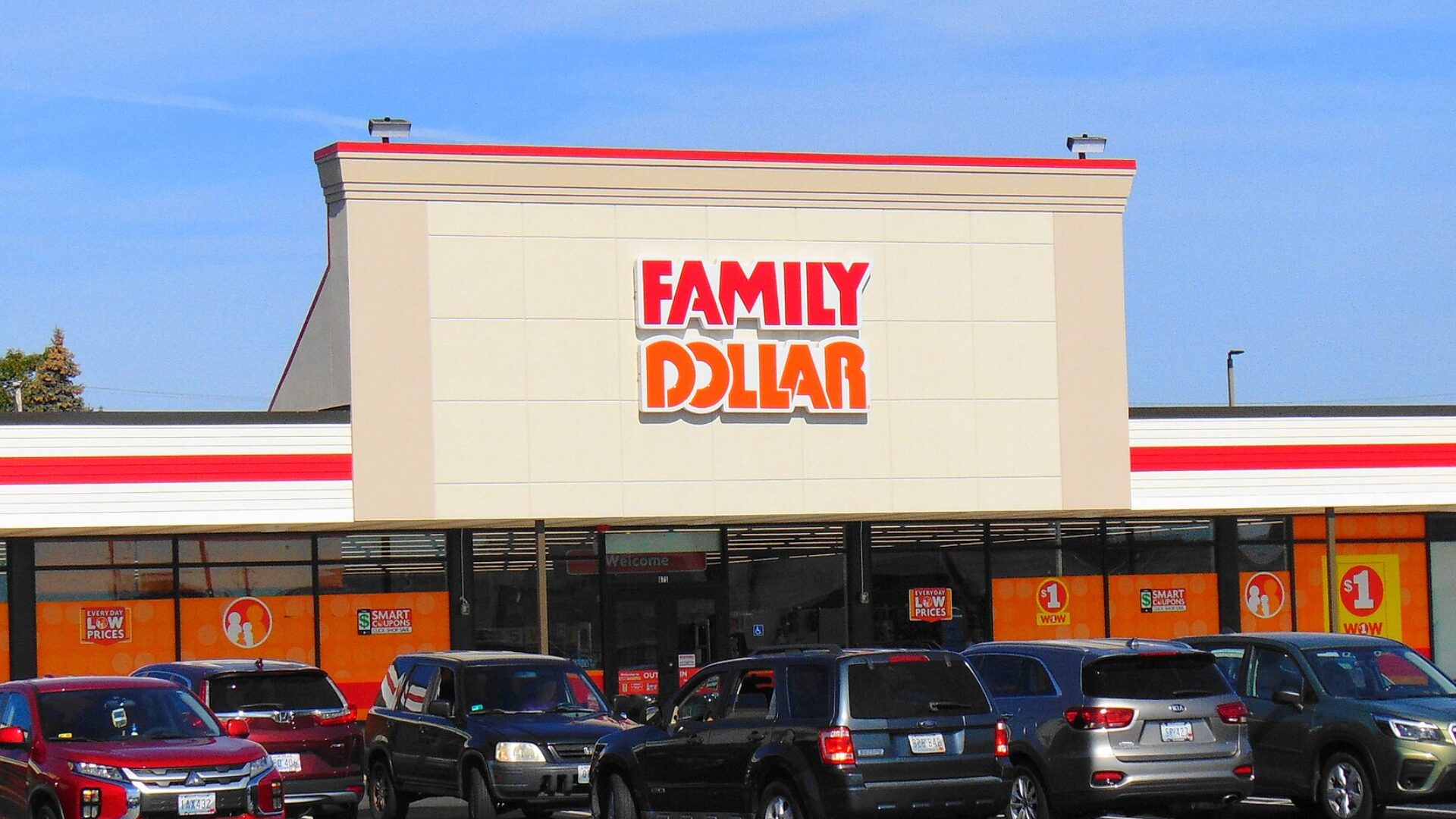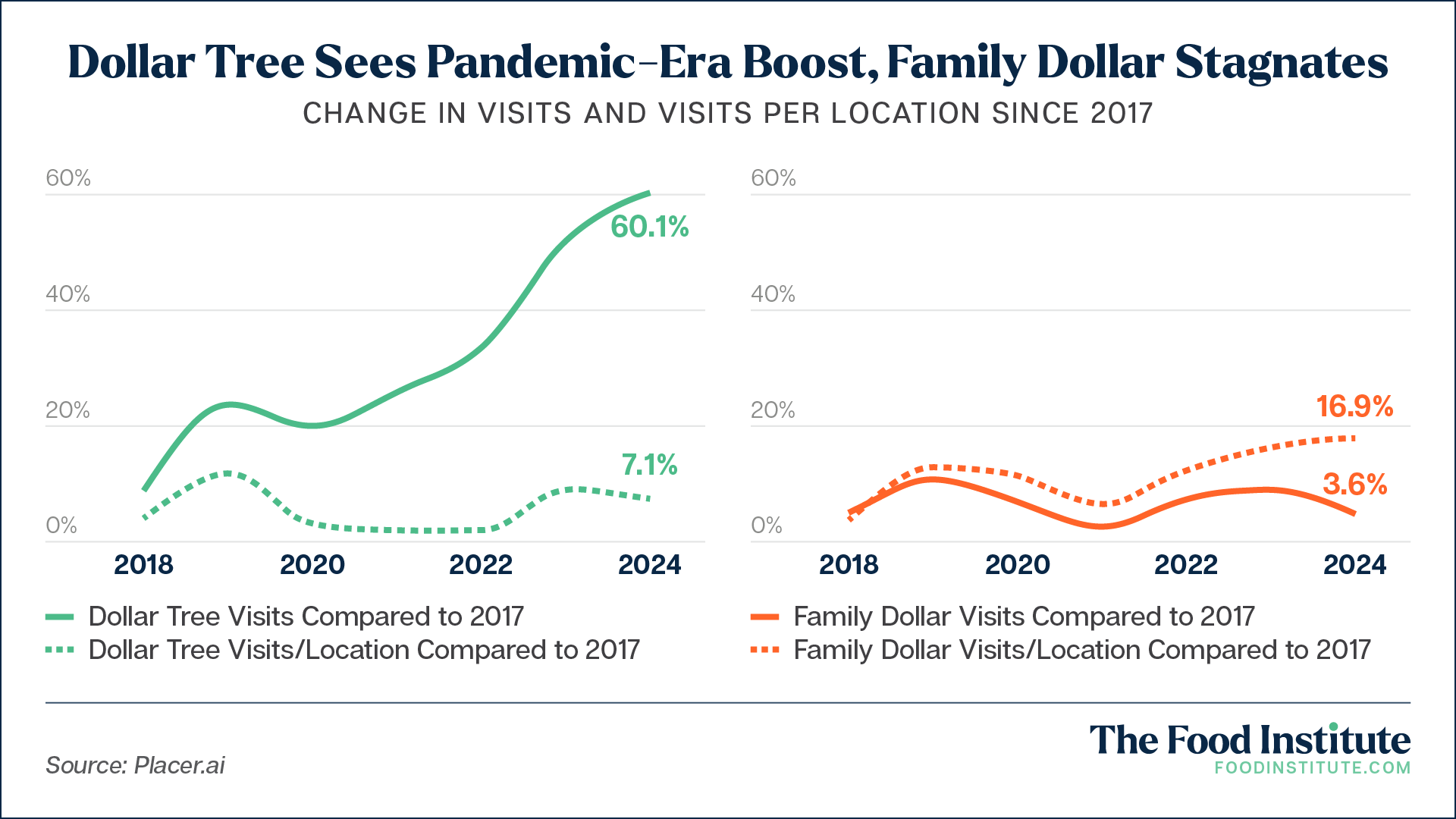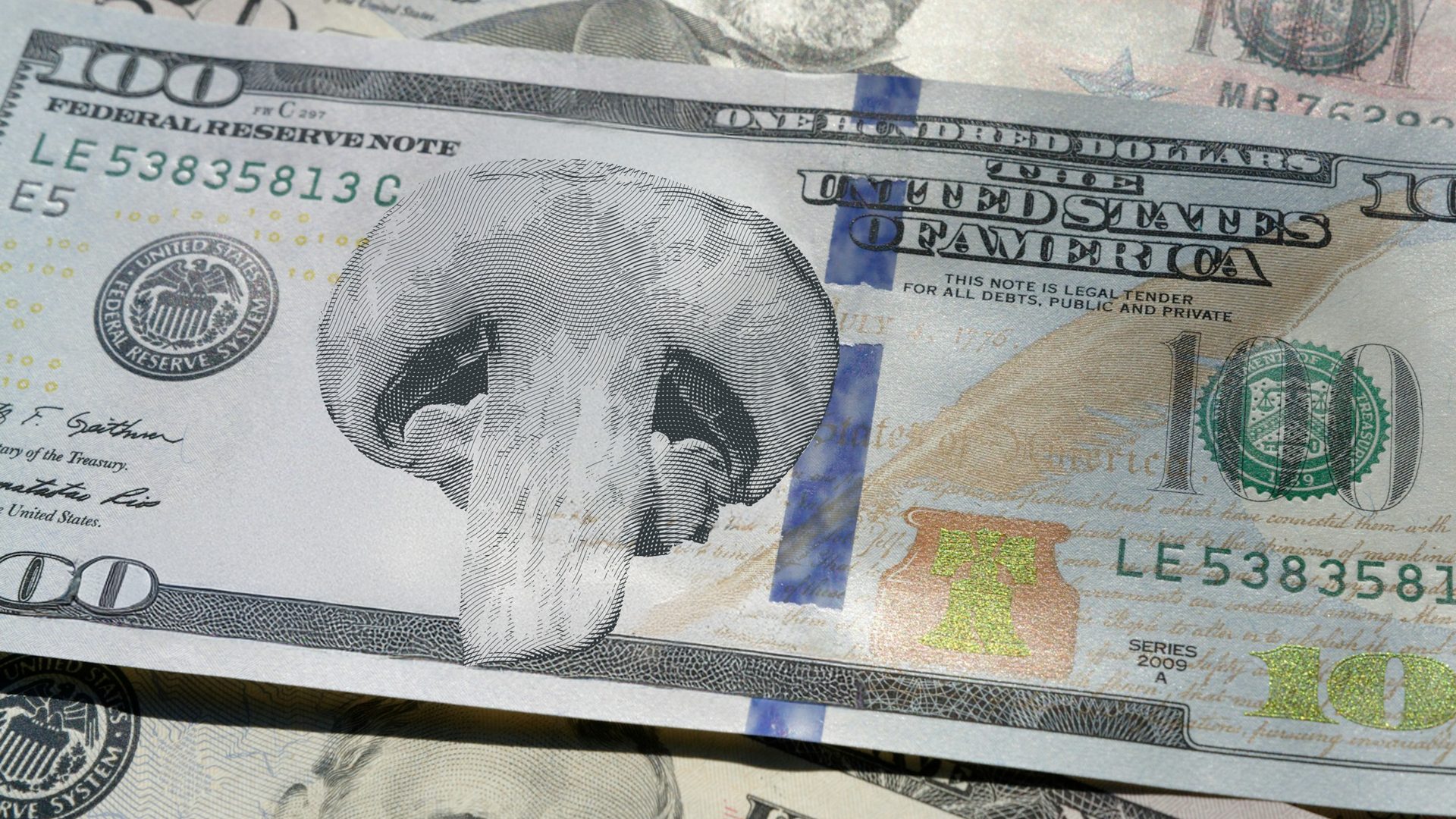After purchasing discount retailer Family Dollar for roughly $9 billion in 2015, Dollar Tree admitted defeat in a recent sale earlier this month that valued the banner at only $1 billion. Is this a signal of a struggling sector, or are there other issues at play?
The discount retail giant agreed to divest Family Dollar to investors representing private equity firms Brigade Capital Management and Macellum Capital Management. The transaction is projected to close by Q2 2025.
The New York Times reported last June that Dollar Tree was considering a sale or spinoff of the banner following long-term struggles to maintain profitability.
To restructure, it planned to close nearly 1,000 Family Dollar locations. Partly through this strategy, however, it was hit with a food safety scandal related to a rat infestation that led to a criminal penalty from the U.S. Justice Department of $41.7 million.
Nevertheless, the Family Dollar buyers are optimistic about the banner’s potential to bounce back.
“We look forward to continuing and enhancing Family Dollar as its own enterprise, which we are confident will drive greater success for the business and value for all of Family Dollar’s stakeholders,” said Brigate partner Matt Perkal in a statement.
What Went Wrong?
The sector’s post-Covid performance has been punctuated by structural gaps. Increased competition from competitors such as Walmart, Target, and Amazon, has depreciated discount retail’s value proposition.
“As inflation eases, more retailers are starting to cut prices and focus on value for money messages,” GlobalData retail analyst Neil Saunders told Axios in a story last year about Dollar General’s recent struggles.
“This essentially intensifies competition and gives shoppers more alternatives to Dollar General.”
This is especially grueling, considering over 90% of Family Dollar visitors also visit Walmart, according to a recent report from Placer.ai.
Overall, the discount and dollar store sector has faced a slowdown, ending 2024 with a 2.8% increase in visits year-over-year, a far cry from 2022 and 2023’s relatively stable 7.7-7.8% plateau. The report noted that this level of deceleration is typical for retail, as the pandemic growth level was unsustainable in the long run.
The data; however, tells a slightly different story about how Family Dollar fares relative to the market. Dollar Tree is better positioned for success than its banner, having enjoyed a surge of traffic during the pandemic, which stabilized in the following years. Family Dollar, on the other hand, missed the pandemic-era bump and only struggled more in the ensuing years.
Evaluated year-over-year, rather than compared to the 2017 benchmark, Family Dollar total visits were down 4% in 2024 while Dollar General eked out a modest 5.4% increase.
The bifurcation provides context into Dollar Tree’s decision to shed its underperforming banner. The chain recently stated its optimistic path ahead, charting several near-term developments to come.
“This is a major milestone in our multi-year transformation journey to help us fully achieve our potential,” said Dollar Tree CEO Mike Creedon in a statement.
“We will continue to grow and optimize our Dollar Tree business… with an enhanced focus on compelling initiatives, including our expanded assortment, significant planned new store openings across the U.S., and transactions that advance our growth strategy.”
What’s in it for the Buyers?
“This transaction presented a unique opportunity to play a key role in reinvigorating an iconic business,” said Macellum CEO and partner Jonathan Duskin in a statement.
The private equity investors announced their intention to facilitate the chain’s growth as a separate entity in the discount retailer space.
The Placer.ai report noted how Family Dollar’s consumer base represents a unique niche in the market. Compared to other retailers, the audience is less affluent and more urban. In both the urban center and urban periphery, Family Dollar’s market share outperforms Dollar General, Dollar Tree, and even Walmart.
Analysis indicates myriad opportunities for positive ROI. The chain’s ideal growth path likely relies on prioritizing urban area locations that benefit from decreased competition.
Family Dollar, founded in 1959, represents a network of roughly 8,000 locations across the United States. Until its acquisition in 2015, it was the second largest domestic discount retailer in the country.
The Food Institute Podcast
Tariffs, geopolitical tensions, and inflation are all weighing on the food and beverage industry and consumers alike, but what can industry leaders do to persevere amid uncertainty? Lou Biscotti from CBIZ’s Food and Beverages Services Group shares his insights on The Food Institute Podcast.











